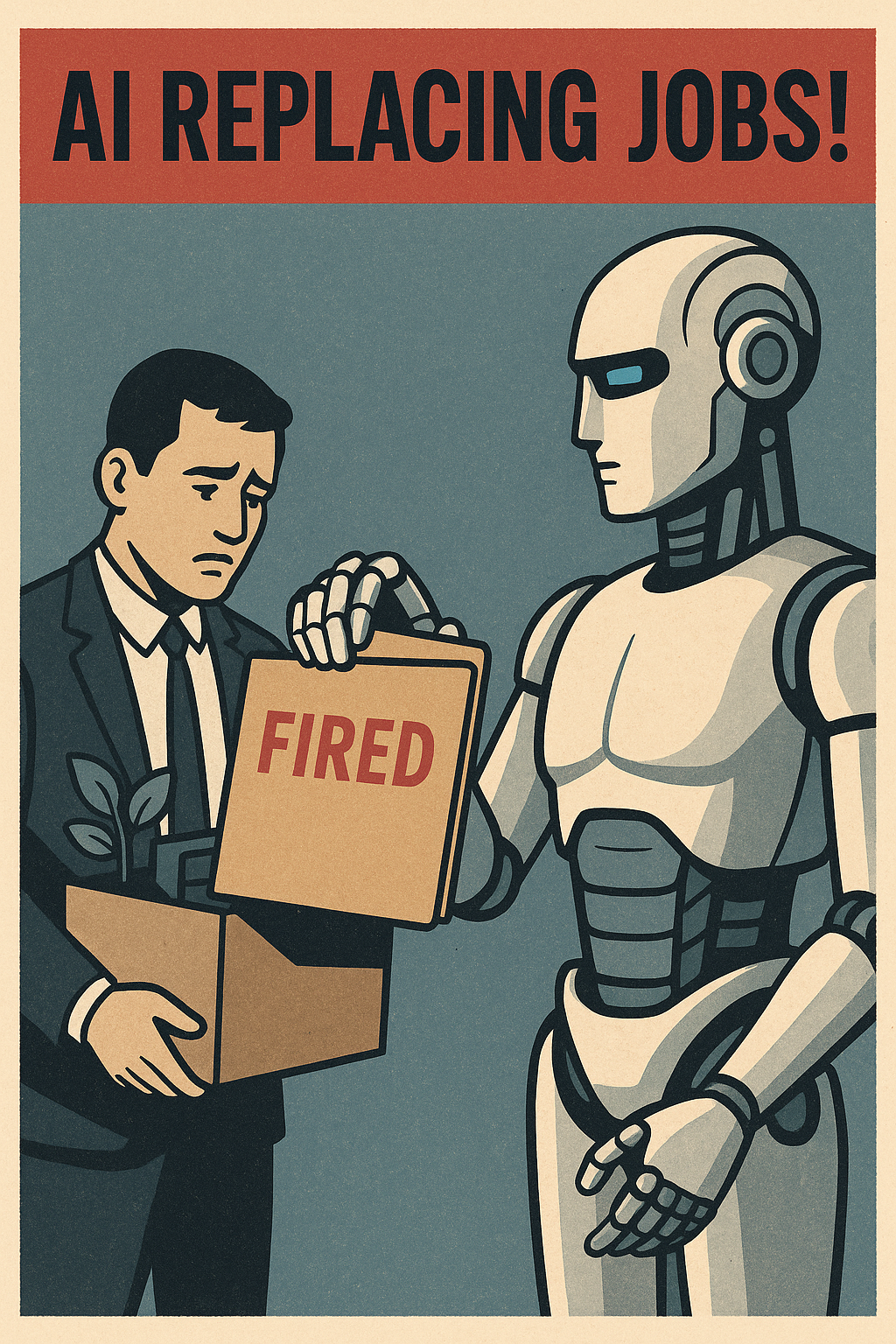MCP vs APIs: Modes of communications with in AI systems
The rapid evolution of artificial intelligence (AI) has introduced new frameworks for connecting intelligent systems to external tools and data. Two critical technologies in this space are the Model Context Protocol (MCP) and Application Programming Interfaces (APIs). While both facilitate communication between software components, they serve distinct roles in modern AI ecosystems.
Foundations of APIs and MCP
What Are APIs?
Application Programming Interfaces (APIs) are standardized protocols that enable software systems to communicate. They define how applications can request services from one another, abstracting the underlying complexity of the systems they connect. For example, a weather app uses a weather service’s API to fetch real-time data without understanding the server’s internal workings 27.
APIs operate on a client-server model:
-
The client (e.g., a mobile app) sends a request (e.g., "Get today’s temperature").
-
The server (e.g., a weather database) processes the request and returns structured data (e.g., JSON or XML) 27.
API types include:
-
REST APIs: Use HTTP methods like
GETandPOSTand are dominant in web services78. -
SOAP APIs: Rely on XML messaging and are less flexible than REST2.
-
WebSocket APIs: Enable real-time, bidirectional communication2.
APIs have been the backbone of software integration for decades, enabling everything from payment processing to social media logins 27.
What Is MCP?
The Model Context Protocol (MCP), introduced by Anthropic in 2024, is an open standard designed specifically for AI systems. It standardizes how large language models (LLMs) and AI agents interact with external tools, databases, and workflows15. Unlike general-purpose APIs, MCP provides:
-
Dynamic tool discovery: AI models can automatically detect available tools (e.g., a CRM system) via MCP servers.
-
Context-aware interactions: Tools expose metadata (e.g., function descriptions) to help AI agents understand their purpose18.
-
Unified integration: Developers build one MCP server instead of custom connectors for each AI model59.
For instance, an enterprise AI assistant using MCP can retrieve customer data from a proprietary database, analyze it, and generate reports—all through a single protocol15.
Similarities Between MCP and APIs
1. Client-Server Architecture
Both technologies rely on a client-server model. In APIs, the client (e.g., a mobile app) requests data from the server (e.g., a weather database). Similarly, MCP clients (AI agents) connect to MCP servers (e.g., GitHub or Salesforce integrations) to access tools138.
2. Abstraction of Complexity
APIs hide backend implementation details, allowing developers to focus on functionality. MCP extends this by abstracting tool-specific logic, enabling AI models to interact with diverse systems without custom code358.
3. Simplified Integration
APIs reduce the need to rebuild existing services (e.g., payment gateways). MCP takes this further by solving the "M×N problem": connecting M AI models to N tools without writing M×N integrations15.
Key Differences
1. Target Audience
-
APIs: Designed for developers who write code to consume services (e.g., integrating Stripe for payments)27.
-
MCP: Built for AI agents that autonomously select tools based on user intent (e.g., an AI choosing a CRM tool to update a customer record)38.
2. Interaction Style
-
APIs: Require predefined endpoints and structured requests (e.g.,
GET /users/{id}). -
MCP: Supports natural language prompts and dynamic tool discovery. An AI agent might ask, "Which tool can fetch sales data?" and receive a list of MCP-compatible options18.
3. Data Handling
-
APIs: Return rigid data formats (e.g., JSON).
-
MCP: Encodes contextual metadata (e.g., tool descriptions, access permissions) to guide AI decisions159.
4. Security Model
-
APIs: Use API keys, OAuth, or IP whitelisting.
-
MCP: Implements granular access controls (e.g., restricting file access to specific directories) and audit trails for AI actions14.
How MCP and APIs Work Together
MCP often wraps traditional APIs to create an AI-friendly layer. For example:
-
A developer builds an MCP server for GitHub.
-
The server translates natural language queries (e.g., "List open pull requests") into GitHub API calls (
GET /repos/{owner}/{repo}/pulls). -
The MCP server returns the results in a format the AI can process38.
This synergy allows organizations to retain existing API infrastructure while making it accessible to AI systems58.
Use Cases
APIs in Action
-
Payment Processing: An e-commerce site uses Stripe’s API to handle credit card transactions7.
-
Social Media Integration: Apps use Twitter’s API to enable "Log in with X"2.
MCP in Action
-
Enterprise Assistants: AI agents at Block (formerly Square) use MCP to pull data from CRMs, analyze sales trends, and generate reports15.
-
Code Generation: Tools like GitHub Copilot access MCP servers to retrieve real-time code context from IDEs14.
-
Multi-Tool Workflows: An AI agent might use an MCP-connected calendar tool to schedule a meeting, then email participants via another MCP service19.
Why MCP Matters for AI’s Future
1. Reducing Integration Complexity
Before MCP, connecting an LLM to a proprietary database required custom code. MCP’s standardized interface lets AI agents access any MCP-compliant tool immediately15.
2. Enabling Autonomous Agents
MCP’s metadata (e.g., "This tool fetches customer emails") allows AI models to self-select tools without human intervention89.
3. Bridging Legacy Systems
MCP servers can wrap outdated APIs, allowing AI to interact with legacy systems without costly upgrades35.
Conclusion: Coexistence, Not Competition
MCP and APIs are complementary technologies:
-
APIs remain the foundation for software communication.
-
MCP acts as an AI-optimized layer on top of APIs, enabling natural language interactions and dynamic tooling.
For beginners, understanding both is crucial. Developers will continue using APIs to build services, while MCP unlocks those services for AI agents. As Anthropic’s research notes, MCP’s standardization is "key to scaling AI’s utility across industries"9. By learning these technologies, you’ll be equipped to navigate the next wave of AI-driven integration.




Comments
Post a Comment